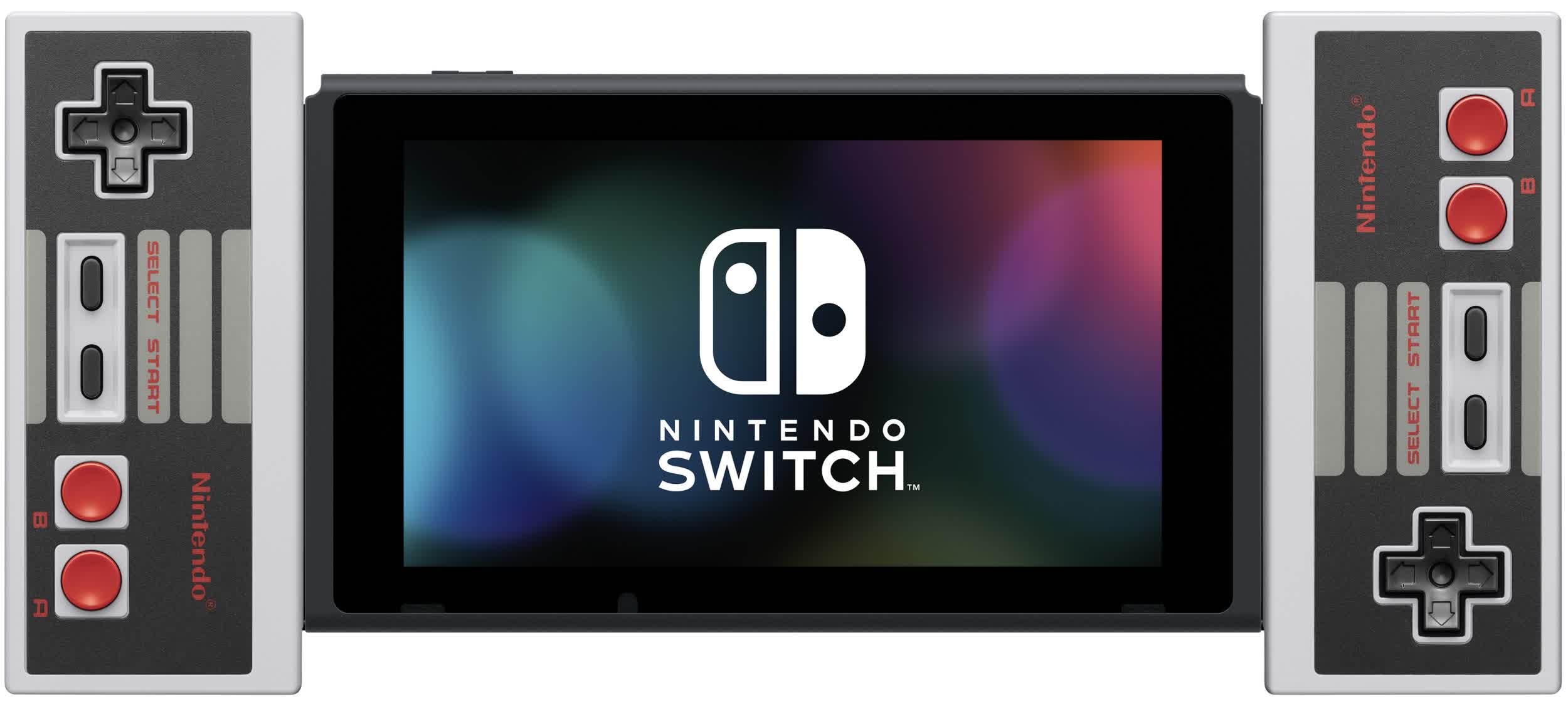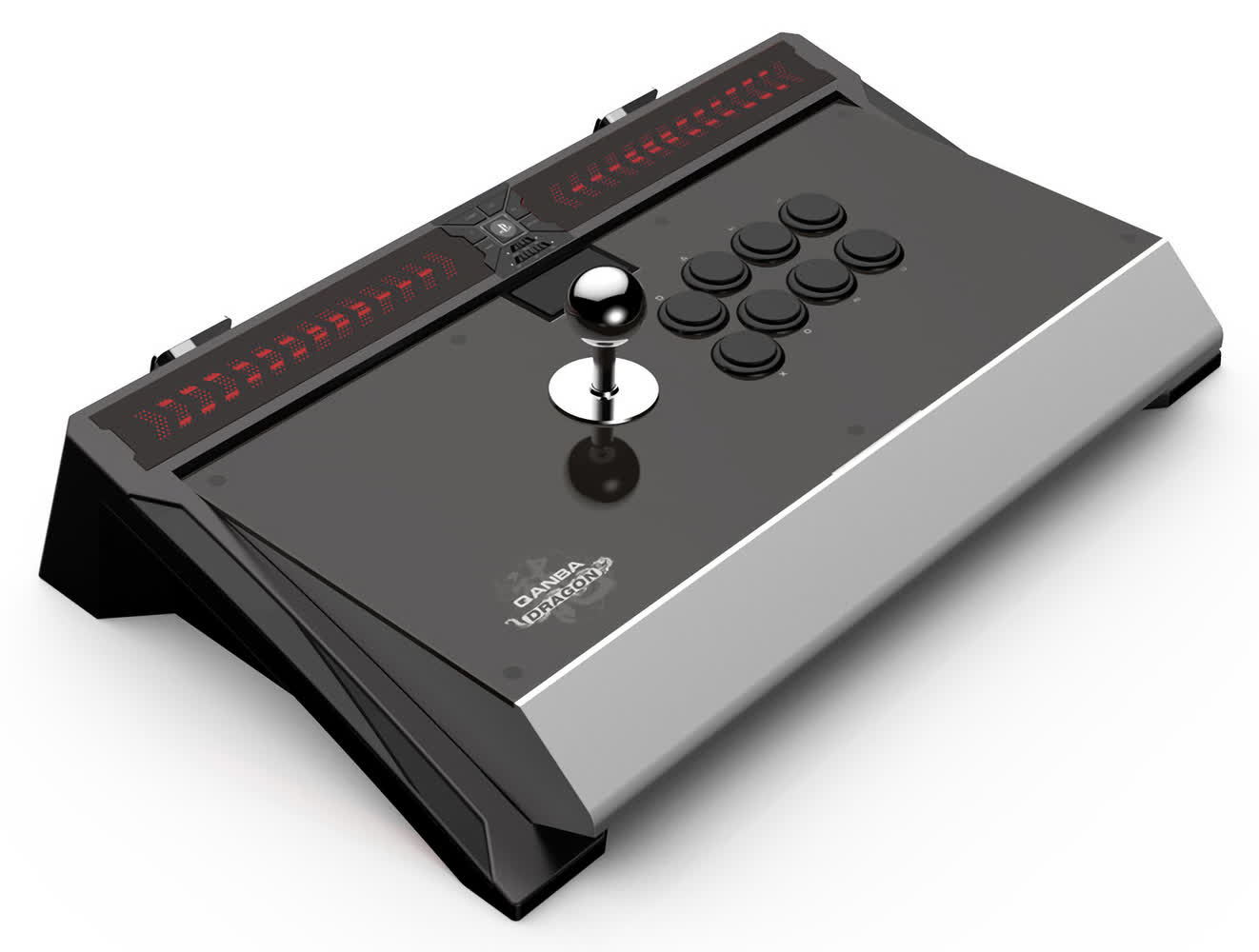In brief: Valve as part of its latest Steam update added support for Nintendo Switch Online classic controllers, giving gamers even more options when it comes to how they play their favorite titles on the platform.
The patch notes don't detail each and every controller that is supported, so The Verge reached out for clarification. Valve spokesperson Kaci Aitchison Boyle confirmed that the Switch-specific NES, SNES, Sega Genesis and Nintendo 64 controllers are all compatible with Steam.
The SNES controller retails for $29.99 while the Genesis and N64 controller command $49.99 each. A two-pack of the NES controllers is priced at $59.99. A bit frustrating (especially now) is the fact that you must have a Nintendo Switch Online membership to be eligible for purchase.

A one-month Switch Online individual membership goes for $3.99, or you can get an annual pass for $19.99. Perhaps Nintendo will change this requirement in light of the Steam tie-in.
Nintendo started adding classic console games to its Switch Online library a few years back to bolster the value of its membership. Retro-inspired wireless controllers modeled after their original counterparts soon followed. All are optional purchases, and can be recharged using a USB cable (except the NES set, which has to be connected to a Switch with detached Joy-Cons to recharge them).
I haven't personally tried any of these wireless remakes but if they are anything like the wired versions that come with Nintendo's Classic Edition mini consoles, you can expect a very authentic look and feel.

The Steam update additionally adds support for Qanba Obsidian and Qanba Dragon arcade sticks as well as the more affordable Fighting Stick Mini 4 from Hori. The latter will set you back just $49.99 while the Qanba Obsidian and Qanba Dragon arcade sticks retail for $199.99 and $299.99, respectively.
Valve's latest patch also fixes a handful of bugs related to general usage, remote play, macOS, Linux and Steam Cloud, the company's cloud storage service. Full details are outlined in the change log.
